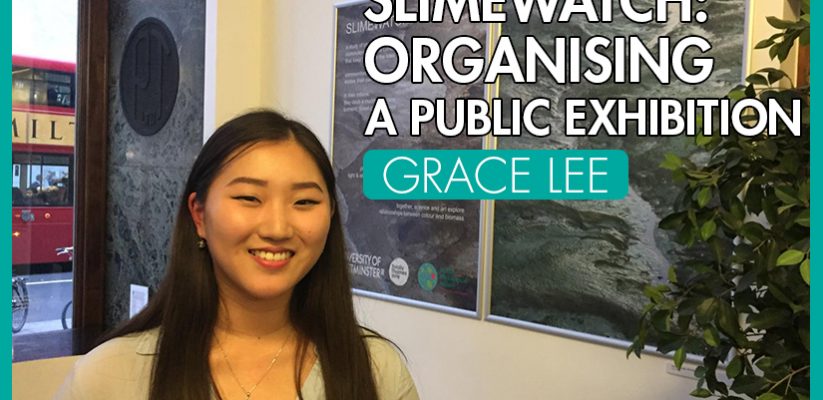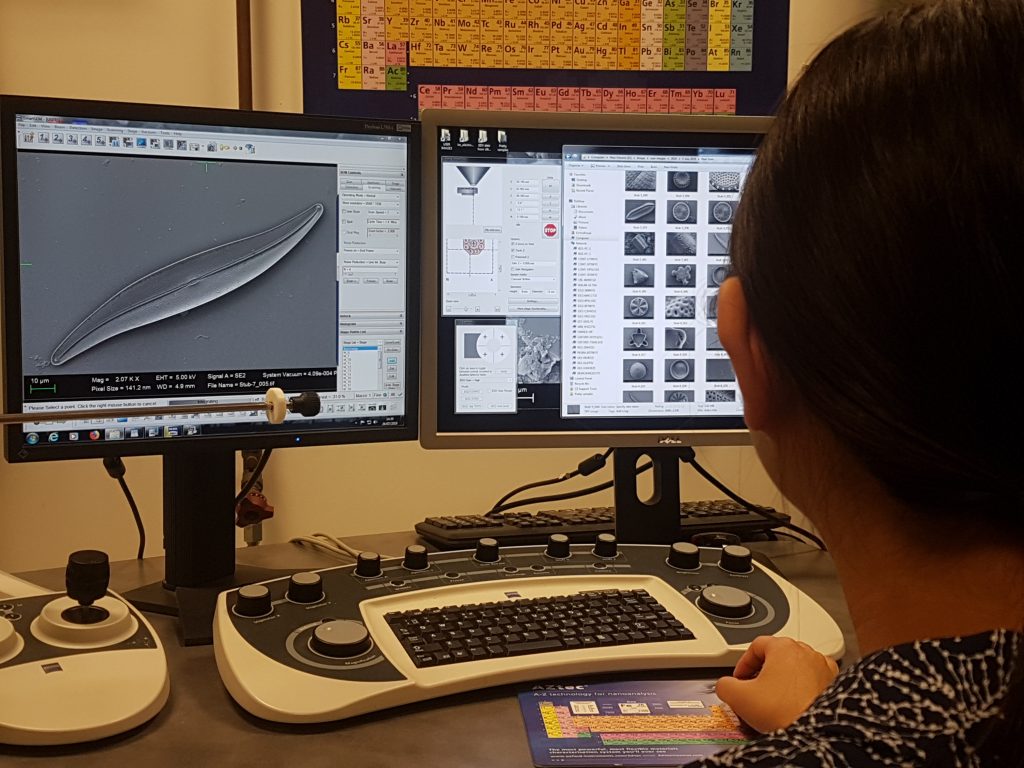This September I had the fortune of hosting an exhibition to the public – Slimewatch. The exhibition combined science and art and focused on micro-organisms living in the intertidal Thames. Our exhibition was hosted at the University of Westminster’s Gallery Cafe and formed a part of the annual Totally Thames festival to educate the public.
One of the great things about studying at the University of Westminster is that there are so many opportunities for one to expand on their knowledge through carrying out summer projects within the university whether it is related or unrelated to your degree path.
Project Collaboration with Lecturers
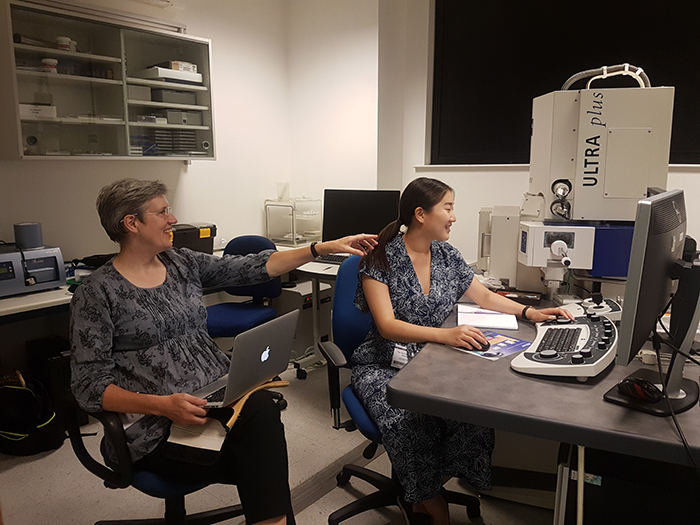
As a Biochemistry student hoping to gain extra laboratory experience during the summer last year, I got in touch with one of the professors in the School of Life Sciences, Professor Jane Lewis, who is a leading researcher in marine phycology (study of algae). Lucky for me, she had just started working on a science + art project with filmmaker Dr. Susi Arnott who is a guest lecturer in the Film course at our university. The goal of the project was to combine science and art, focusing on micro-organisms living in the intertidal Thames and to exhibit it as a part of the annual Totally Thames festival to educate the public.
Susi was fascinated by the different colors that emerge on the surface of the mud. She seeked Jane for help understanding the phenomenon of the colors from a scientific perspective. To carry out this project, we applied for a summer undergraduate studentship scheme with the British Phycological Society (BPS). We were able to receive funding to carry out the project and I then got the opportunity to carry out the experiments myself.
Slimewatch – The Fieldwork
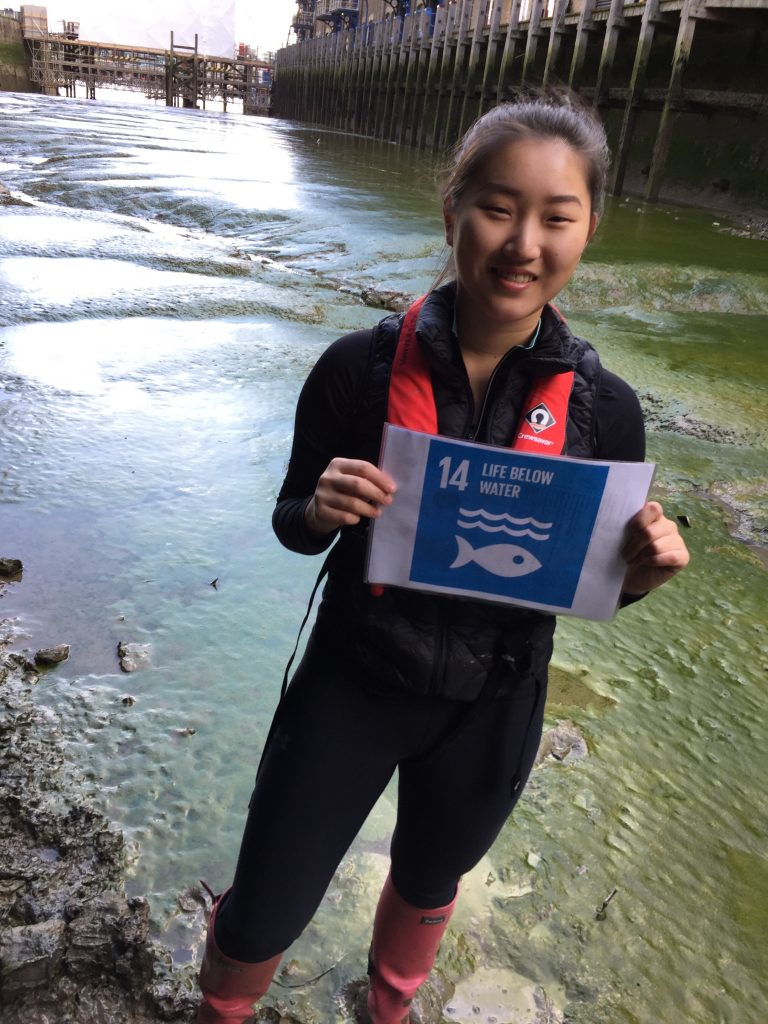
Being an expert in the field of microscopic creatures that live underwater, Jane helped me develop methods as to how we can observe and identify the organisms that make up the beautiful green and brown colors on the surface of the mud as the tide goes out. The project consisted of going down to the River Thames to collect samples on two days. We chose the days according to the tidal cycle. After this, we processed the samples back in the lab to identify the species and numbers of the micro-organisms. Finally, we took images and videos of the live algae under the microscope to use in our exhibit. This took up the most time during the project. I definitely got to spend a lot of time in the lab gaining valuable experience.
Lab Time, and access to Scanning Electron Microscope (SEM)
I also got to use the Scanning Electron Microscope (SEM) at the Natural History Museum on this project. That was the highlight of my summer! SEMs are highly specialized microscopes that are able to help you look at the smallest cells in great detail. This was crucial for our project as we had to identify the micro-organisms that were present in the Thames. Hands down one of the coolest experiences that I’ve ever had! Additionally, to see the algae in incredible detail like that is just not possible with the standard light microscope we use commonly in laboratory settings.
Scientific Poster Creation
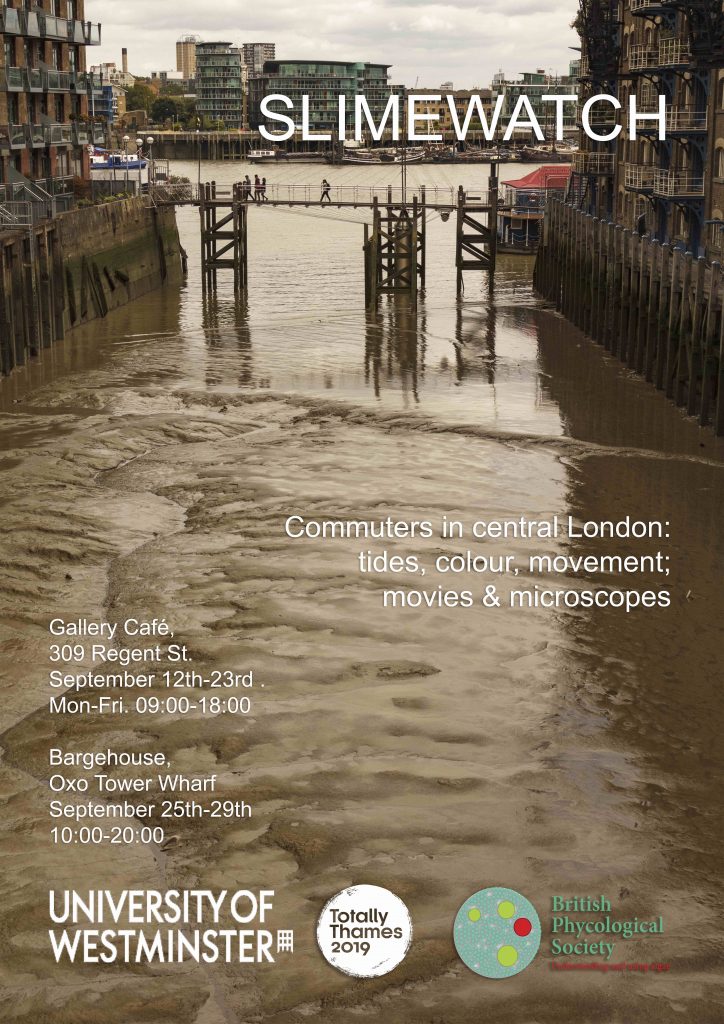
While I was carrying out the experiments in the lab to contribute towards the “science” aspect of the project. Susi photographed our sample site and also created multiple timelapse films of the moon passing by the Thames. She also recorded several films of the full tidal cycle of the Thames from different perspectives. After this, Susi then combined her work and the microphotographs I took in the lab. With this, she produced the final pieces to exhibit at our Regent Street campus Gallery Cafe.
After I finished all of my work in the lab, I had to write a report on my work to which I then submitted to the award committee at BPS. I also put together a scientific poster to present at the BPS winter conference at the University of Plymouth this coming January. This was a great way for me to gain experience in putting together a scientific poster as not many students get the opportunity to do this as an undergraduate. I am also greatly looking forward to presenting my poster in January which will also be an incredible experience to be amongst leading researchers in phycology to learn and share knowledge for 4 days.
The Public Exhibition – Slimewatch

Our exhibition, Slimewatch which opened on the 12th of September. A wonderful success with highly engaged and inquisitive visitors, fascinated by the work we produced. We had an interactive exhibition for the first three days, engaging with visitors, answering questions. We asked visitors to create mini models of the micro-organisms to add to our tank display collection. It was a wonderful experience getting to communicate science to the public. Furthermore, it was great to understand how we can better educate those that are not familiar with phycology. Interestingly too, the University hadn’t used the Gallery Cafe at the Regent Street as a gallery for 10 years! Our Vice-Chancellor seems very pleased that we re-launched the space as a gallery. Hopefully this will inspire other departments within the university to display their work here.
Sustainable Development Goals – Life Under Water
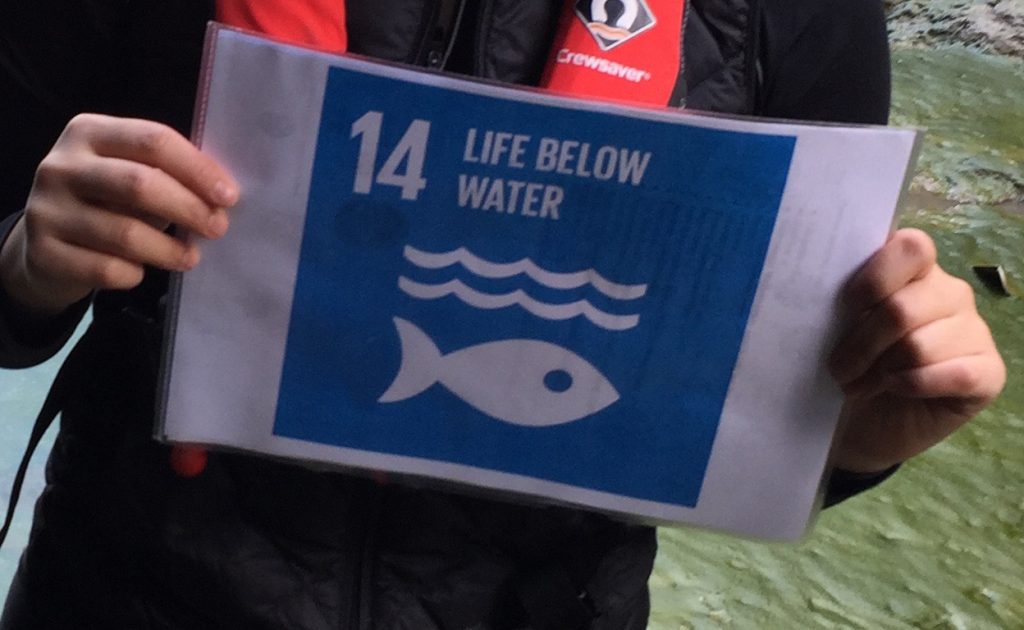
We contributed to goal 14 of the Sustainable Development Goals, Life Under Water, which is an important area in science that remains mostly undiscovered and I feel greatly privileged to have been able to take part in this work.
Firstly, this project was an amazing and valuable experience for me. I cannot thank the two amazing women I worked with enough. Secondly, if you have any projects you wish to carry out during the summer periods, there are so many opportunities available for undergraduate students in London and within the university. I highly recommend you pursue them. Furthermore, you also never know which opportunities might come your way, simply by asking your academic staff if they have any extra work you could do!
Grace
Instagram: @environmentalsoc
Grace’s previous blog: Starting a New Society at University
- Health Measures in London: Covid-19 - September 4, 2020
- 5 Tips to Keep Your Mind and Body Healthy During Quarantine - April 3, 2020
- How to be Sustainable as a Student: Part 2 - March 25, 2020
